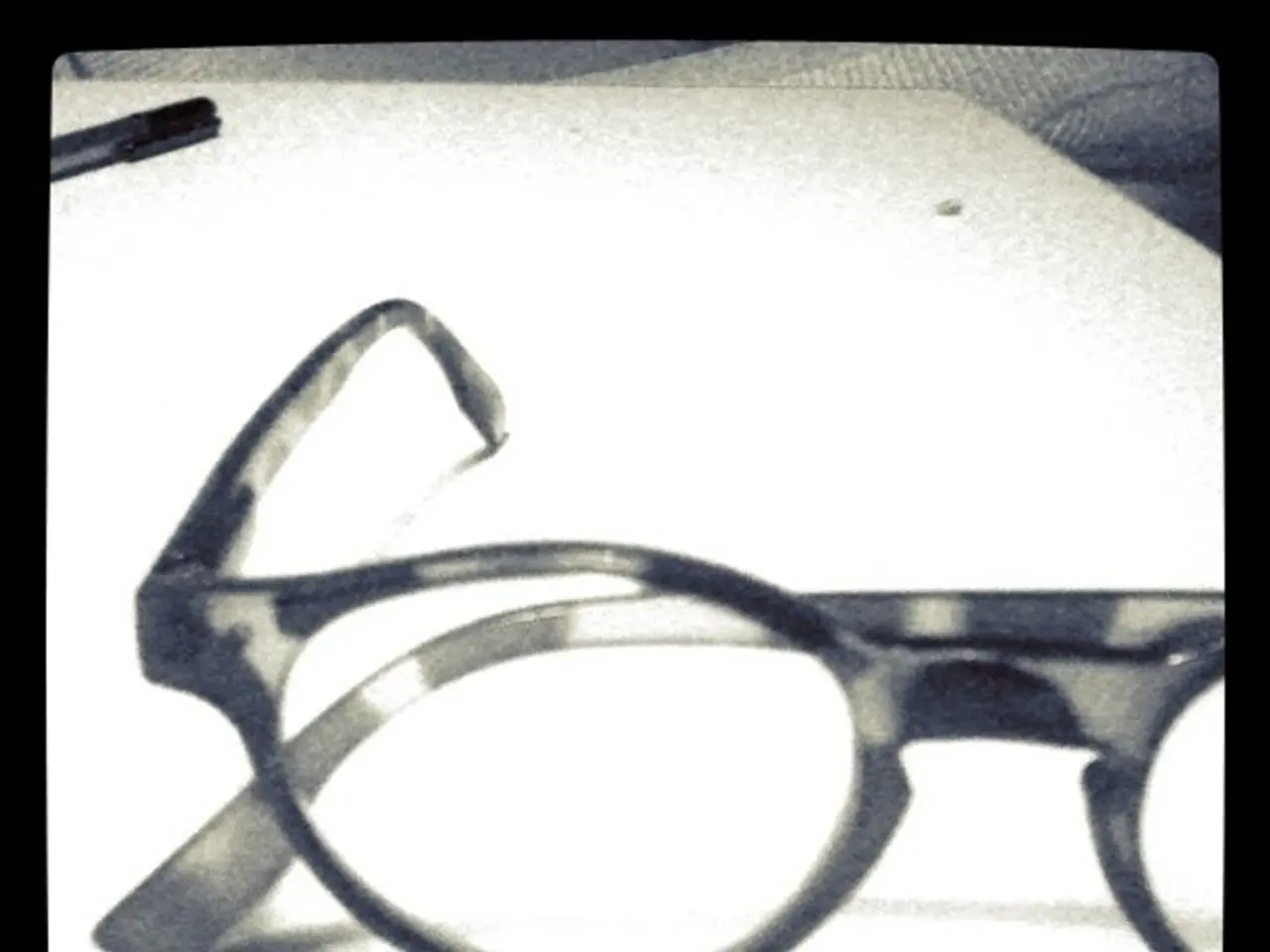Live-Action X-ray Imaging in Medical Procedures: Fluoroscopy Explained
Fluoroscopy: A Revolutionary Technique in Modern Medical Imaging
Over the past few years, fluoroscopy has significantly transformed diagnostic and interventional procedures in the medical field, improving diagnostic accuracy and guiding treatments more effectively. In this comprehensive article, we delve into the working mechanism, applications, benefits, risks, and advancements of this remarkable imaging technique.
What is Fluoroscopy?
Fluoroscopy is an innovative imaging method that generates a continuous series of X-ray images in real-time, presenting video-like sequences of static images. Widely employed in emergency departments, operating rooms, and diagnostic radiology clinics, this technology enables surgeons and physicians to monitor internal organ movements during procedures or examinations, offering immediate insights into various medical conditions.
The Core Mechanisms of Fluoroscopy
At its heart, fluoroscopy operates on the same principles as conventional X-ray imaging but with the ability to create sequential images in real time. The process begins with producing X-rays through a specialized tube via a high-voltage current, which accelerates electrons toward a metallic target, typically tungsten. Upon collision, X-rays are emitted and directed toward the body area being examined. The resulting images are amplified by an image intensifier, which enhances internal details, resulting in bright and clear images. Models have been replaced with flat-panel detectors in recent advancements, offering high-quality images while minimizing radiation exposure.
Diverse Applications of Fluoroscopy
Fluoroscopy finds uses across multiple medical specialties, improving the quality of healthcare. Its flexibility in providing real-time moving images allows doctors to monitor physiological changes instantly.
Applications in Diagnostics
This technique is beneficial in various diagnostic procedures, including gastrointestinal studies, neuromuscular and spinal imaging, and joint evaluations.
Beneficial Interventional Applications
Fluoroscopy is a cornerstone in medical engineering for interventional procedures. It offers live imaging during surgeries, which contributes to:
- Guiding Surgical Procedures: Ensuring precise catheter placement, such as during coronary angiography, reduces procedural risks.
- Interventional Treatments: Stent placement, bone fixation, and delicate device insertions are facilitated by this technique.
- Minimally Invasive Procedures: This technology enables numerous minimally invasive procedures, reducing patient discomfort and promoting faster recovery.
Advantages of Fluoroscopy in Medical Practice
Fluoroscopy is a pioneering technique that enhances healthcare by providing several crucial benefits:
- Improved Diagnostic Accuracy: This technology permits dynamic imaging of internal organ movements, aiding early disease detection and revealing functional changes that static images might not show.
- Enhanced Precision in Interventional Procedures: Live imaging enables precise manipulation of medical instruments within the body, reducing the probability of complications and improving success rates.
- Reduced Surgical Invasiveness: Minimally invasive fluoroscopy techniques lead to less pain, quicker recovery, and a lower risk of post-operative infections.
Risks and Safety Considerations in Fluoroscopy
Despite its advantages, fluoroscopy has associated risks that warrant careful consideration.
Radiation Exposure: Extended procedures can expose patients to excessive radiation. However, advanced techniques such as pulsed fluoroscopy and dose-reduction algorithms help minimize radiation exposure.
Contrast Media Reactions: Mild to severe allergic reactions may occur due to contrast media used during procedures. Pre-procedure screenings and emergency medications mitigate these risks.
Occupational Radiation Exposure: Medical professionals performing frequent procedures are at risk of occupational radiation exposure. Protective measures, like wearing personal protective equipment and closely monitoring radiation levels, ensure the safety of doctors and healthcare teams.
Recent Advancements in Fluoroscopy Technology
Continuous research and technological advancements have resulted in improved image quality, radiation dose reduction, procedural efficiency, and fusion with other imaging modalities and technologies in recent years.
For instance, Philips' Azurion with ClarityIQ technology has reduced patient radiation doses by 23% to 83%. Innovative alternatives like LumiGuide with FORS technology provide radiation-free 3D visualization using light, while recent clinical trials have demonstrated the potential of radiation-free catheter ablation technologies.
Future developments will see continued radiation safety engineering, endovascular robotics, AI guidance, expansion across medical specialties, and enhanced real-time imaging and navigation capabilities, ultimately improving patient outcomes and safety.
In conclusion, fluoroscopy technologies are revolutionizing medical diagnostics and interventions. With ongoing innovations, the future promises reduced radiation risks, broader utility across medical fields, and streamlined imaging workflows, significantly improving healthcare quality and patient safety.
- Artificial intelligence (AI) can be integrated with fluoroscopy technology to further enhance diagnostic accuracy, guiding therapies and treatments more effectively in healthcare.
- Algorithms are being developed to optimize radiation dose during fluoroscopy procedures, ensuring medical-conditions can be visualized without excessive exposure to health-and-wellness risks.
- The advent of technology like LumiGuide with FORS technology represents a promising development in fluoroscopy, offering radiation-free 3D visualization using light for various therapies-and-treatments.
- Scott-Bran Medical's X therapy fluoroscopy system is a recent example of a radiation-free technology, enabling doctors to safely monitor joint movements during health-and-wellness assessments or surgeries.
- In the realm of science and healthcare, advancements in fluoroscopy technology are contributing to breakthroughs, such as the development of a radiation-free catheter ablation technique for treating medical-conditions like atrial fibrillation.




